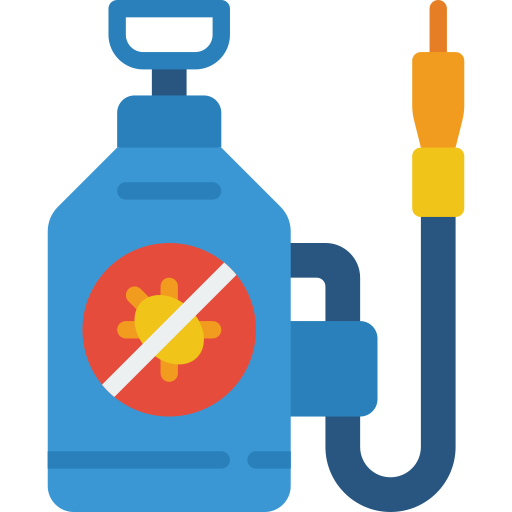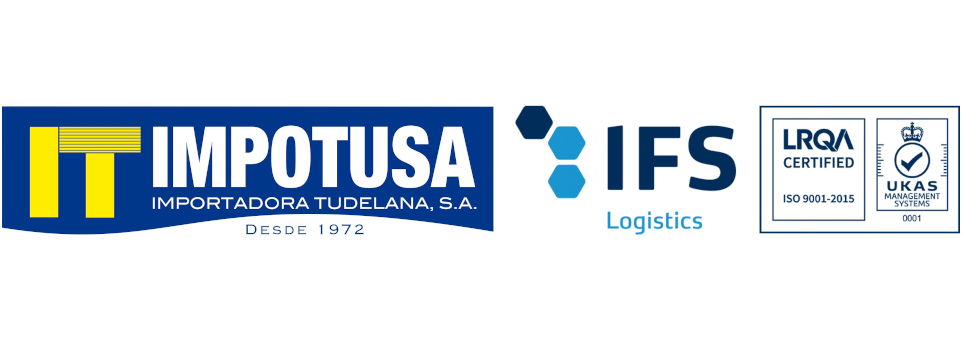- News
- 14694 views
Hands are one of the most vulnerable parts of the human body! And specifically, in the work environment, they are exposed to a wide range of risks: abrasions, cuts, chemical burns, impacts and vibrations.
This is when safety gloves become very important, as they act as an essential barrier between the worker's hands and the dangers present in their work environment.
Know the types of safety gloves and their regulations , and be prepared for any unforeseen event!
Regulations to take into account when it comes to safety gloves
The first thing you should take into account when knowing the regulations for safety gloves are the general rules. There are two that are of capital importance, and therefore you cannot ignore: global regulations and regional regulations.
Global Regulations
At an international level, the general regulation for PPE, and not just gloves, is the ISO 31000 Standard, which provides principles and guidelines for occupational risk management.
Regional Regulations
At the European Union level, safety gloves must comply with Standard EN 388, which evaluates their resistance to abrasion, cutting, tearing and perforation. In addition, EN 420 establishes general requirements for protective gloves, such as ergonomics, size and labeling.

EUROPEAN LEGISLATION AND STANDARDS
Regulation (EU) 2016/425 . Protective gloves are essential Personal Protective Equipment (PPE), regulated by Regulation (EU) 2016/425 of the European Parliament and of the Council. This regulation establishes the standards necessary to guarantee the safety and health of PPE users, ensuring that they adequately protect without compromising the user's health. Compliance with this regulation is assessed using harmonized European standards, such as EN 388 and EN ISO 374-1, during the certification process. Compliant products must carry the CE marking and be supported by an EU declaration of conformity from the manufacturer.
Risk categories and corresponding certification procedure.
CAT 1: Only minimal risks. The manufacturer is responsible for the conformity of its products.
CAT 2: Risks other than CAT 1 and CAT 3. CE certificate of conformity obtained from a notified body.
CAT 3: Risks that cause irreversible damage to health.
CE certificate of conformity and conformity of production from notified bodies.

PROTECTION AGAINST PESTICIDES
ISO 18889:2019 STANDARD. Protective gloves for pesticide handlers and farm workers. Protective gloves are classified into two categories: full-hand protection or partial protection . In the case of full-hand protective gloves we will make a distinction between a relatively low potential risk (G1) or those with a higher potential risk (G2) . In the case of G1, used in handling diluted pesticides without mechanical risk, disposable gloves will be used. While in the case of G2 that are used in cases of handling diluted or concentrated pesticides with a minimum requirement for mechanical resistance, protective gloves against chemical products will be used. On the other hand, partial hand protection gloves , used by handling workers who are in contact with dried or partially dried pesticide residues, existing in the plant after the application of the pesticide will use high-dexterity mechanical gloves.

STATIC ELECTRICITY
ESD: Professional map position. In the ATEX work environment and when handling electronic devices, choosing appropriate gloves is essential. It is important to opt for dissipating gloves to ensure the safety and protection of the devices. Although there is no specific standard for ESD (electrostatic discharge) gloves, at MAPA PROFESSIONAL we recommend following the EN 16350 standard, designed for ATEX gloves. This rigorous standard ensures that gloves are appropriate for handling electronic devices, meeting the necessary safety standards.

CHANGES IN THE RULES
Changes in 407. The main reason for the revision is the inclusion of a thermal protection article for private use (oven gloves, mittens, etc.) in the new Regulation (EU) 2016/425 relating to PPE. Performance levels remain unchanged! Flame resistant gloves now stipulate their performance levels based on the lowest value of the test results. Introduction of a minimum mechanical resistance: minimum level
1 (10 N) for tear resistance - EN 388. Non-flame resistant gloves now have a higher minimum length requirement for gloves that offer protection against metal spray. Furthermore, the assay is now reliable.
Changes to ISO 21420. This updated standard specifies the general requirements and test methods for the design, construction, safety, comfort and performance of gloves, as well as marking and information provided by the manufacturer. Applicable to all protective gloves. The new standard also applies to mittens, potholders and arm protectors. .
Types of gloves and specific uses
The second thing is that gloves are divided into different types depending on their use:
- Mechanical protection gloves.
- Chemical protection gloves.
- Thermal protection gloves.
- Vibration protection gloves.
Safety glove categories
The third point to keep in mind is that like the rest of PPE, gloves are divided into different categories depending on the type of risk .
Category I, corresponds to minor risks:
They are the simplest gloves, those that protect against minimal risks like the gloves used for cleaning.
Category II, corresponds to intermediate risks:
This level corresponds to gloves that protect against real average risks, such as cuts, tears, punctures, abrasions, etc. The PPE must be regulated by an official European body and the level of protection must be indicated by a specific marking.
Category III, corresponds to irreversible risks:
They are gloves with a complex design that protect against irreversible or life-threatening hand injuries. These are usually indicated for firefighters or for electrical work. It is essential to select tested and certified protective gloves.
Now, how do you know which gloves to select based on their certification? Below, we explain the rules that allow you to identify which glove to choose.
Safety gloves certificate classification
These are the standards that allow you to identify which glove to choose: EN ISO 21420 (replaces EN 420), EN 388, EN 407, EN 511, EN 374 Food contact EN 12477.
In summary, it would be as follows:
- Gloves that belong to the EN388 standard: this is the regulation for gloves for mechanical risks and that have a material that is resistant to cuts, abrasions and sparks, in addition to offering correct grip and good insulation.
- Gloves that belong to the EN511 and EN40 standards: this is the regulation for special gloves for thermal risks, such as in the case of extreme cold, since they are waterproof and resistant to cold. They also comply with the standard regarding resistance to heat from radiation.
- Gloves that belong to the EN 60903 standard: this is the regulation for special gloves for electrical risks. They protect both hands and arms and must be made of an insulating material, be flexible, protect against shock and report on the voltage range they withstand.
- Gloves that belong to the EN374 standard: this is the regulation for gloves for chemical and biological work. They protect against possible infections caused by viruses and bacteria.
- Gloves that belong to the EN12477 standard: this is the regulation for gloves that protect welders during manual welding or metal cutting processes.
At Impotusa we have all types of gloves for your PPE that comply with current safety regulations. Contact us , we will advise you on local regulations.






